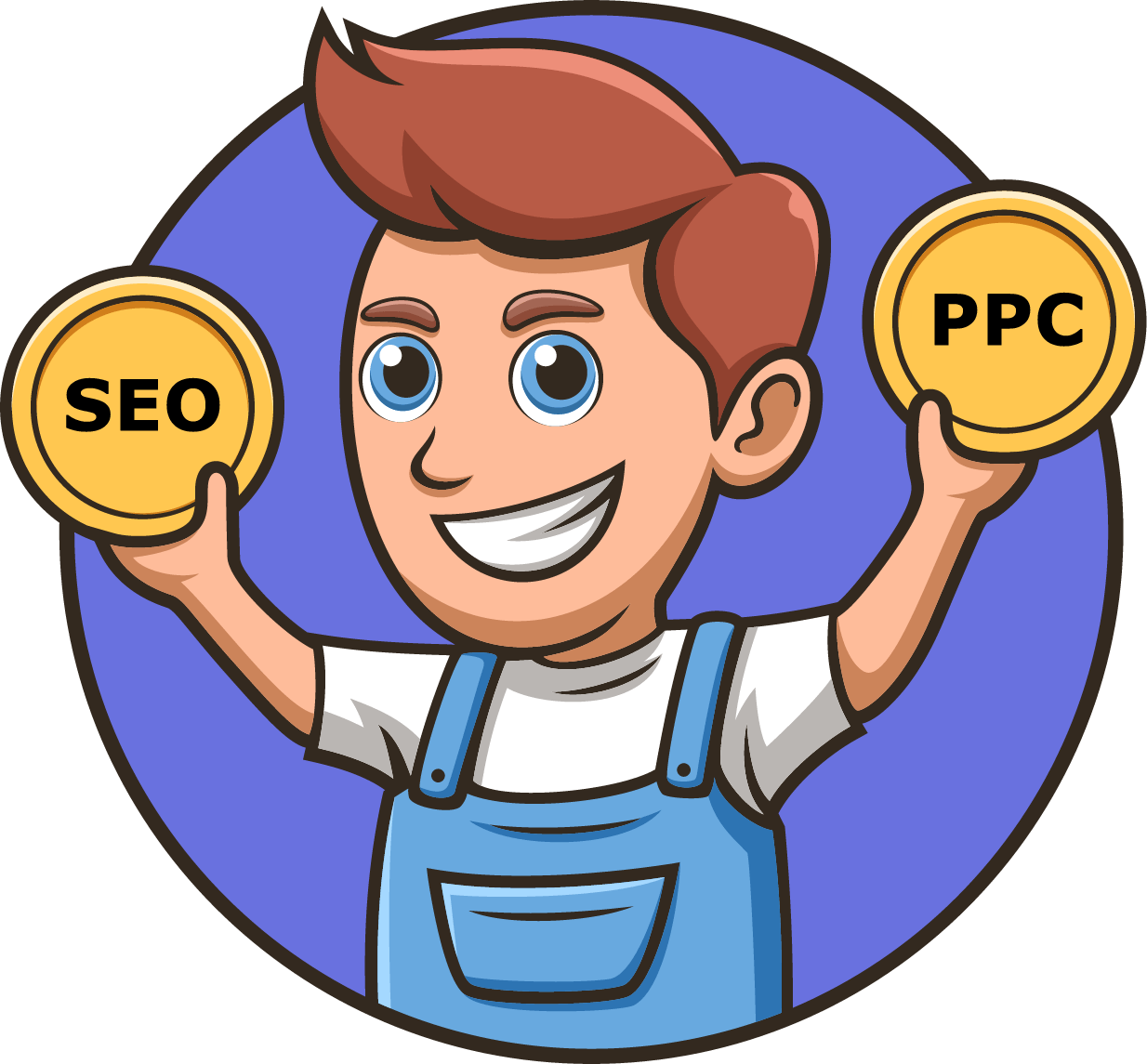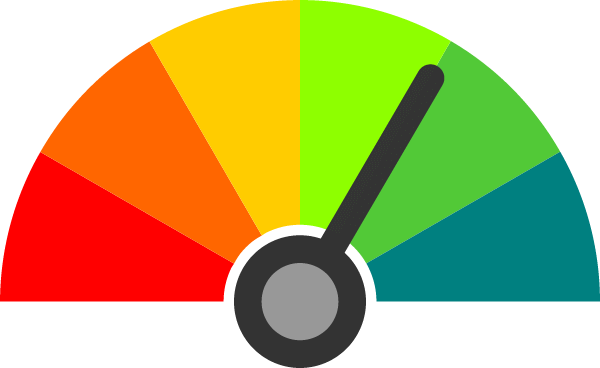Whether you're new to affiliate marketing or an experienced affiliate seeking to level up your earnings, If you're on a mission to amplify your earnings and turbocharge your online presence, then you've landed at the right spot. This comprehensive guide is your golden ticket to mastering the art and science of Pay-Per-Click (PPC) advertising.
In the digital marketing world, PPC and SEO are two sides of the same coin. Individually, they're powerful, but when combined, they can drive traffic to your site like a well-oiled machine. Imagine launching a new review on your site, let's say for the Performance Lab® Nutrigenesis® Multivitamin formula.
You've crafted an engaging, well-researched piece of content. Now, you want the world to see it. That's where the dual powers of PPC and SEO strategies come into play.


SEO will help your review climb the ranks of organic search results over time, establishing long-term visibility. However, SEO is a marathon, not a sprint. So, how do you get eyes on your content while it's fresh and bursting with relevance? That's where PPC swoops in like a superhero.
A well-executed PPC campaign can catapult your new content into the limelight instantly, bringing in a wave of traffic eager to read your review.
So buckle up, and prepare to embark on a journey where we'll untangle the intricacies of PPC for affiliate marketing. We'll delve into how you can harness its power, synergize it with SEO, and use it to send your affiliate marketing earnings soaring to new heights.
Let's get started!
What is PPC, you ask? Let's dive into the nitty-gritty.
PPC, or Pay-Per-Click, is a dynamic form of online advertising where you, the advertiser, pay a certain fee each time one of your ads gets clicked. Think of it as a fast-track lane to boosting your website's traffic, instead of solely relying on the slow and steady route of earning those visits organically through SEO.
In the realm of affiliate marketing, PPC is akin to a high-speed elevator, catapulting your online presence to the forefront of the digital landscape. It's a shortcut to visibility, allowing you to push your content, such as reviews, affiliate offers, and more, directly in front of a relevant audience who are actively searching for information related to your niche.

But how does an affiliate marketer harness the power of PPC? And where do you apply it?
The beauty of PPC is its versatility and broad applicability across various online platforms. These platforms, often referred to as ad networks, are places where you can run your PPC campaigns.

One of the most popular PPC platforms is Google Ads. Given Google's vast reach, it's a top choice for affiliates looking to tap into the expansive pool of users searching for products, services, and information every second.
Microsoft Ads (Bing Ads) is another platform, similar to Google Ads, but caters to the Bing search engine. Although it has fewer users than Google, lower competition can sometimes lead to lower cost-per-click (CPC), making it an enticing option for affiliates on a budget.
Then there's social media-based PPC, with platforms like Facebook Ads and Instagram Ads. These platforms offer advanced targeting options based on user interests, behaviors, and demographics, providing a valuable opportunity to reach a highly specific audience.
Let's take a look at some of the pros and cons of paid strategies.
PPC can be a potent tool in your affiliate marketing toolkit, but it's essential to understand its benefits and challenges.
You've probably noticed that as you publish content on your website, it can take a while for these pages to rank organically on the first page. When Google crawls your site, it runs the content through a checklist, which then helps Google understand if the page should be indexed. Then, over time, Google will test the viability of your pages by showing a small number of its users your content when they type in something it deems relevant to your content. Now, based on how visitors respond to your content, Google will increase the ranking positions for certain keywords that perform the best naturally for the page.
The great thing about PPC is that this form of advertising can drive traffic to your site immediately. As soon as your ad goes live, you'll start seeing clicks and visitors. If you are using Google ads, you are feeding the algorithm your content in exchange for your money, which enables more traffic to interact with your content faster. Google can then see how users interact with your content and make decisions on your organic placements right away.
With PPC, you have the ability to control everything from the keywords your ads target, the geographic location, time of day, and even demographic characteristics of the audience. Quality scoring tells you how well-matched your content is for the keywords you are targeting, so you can make adjustments to your content.
This one should go without saying, but PPC can be scaled quickly, allowing you to increase traffic and conversions by increasing your ad spend.
Unlike organic traffic, PPC requires an investment. If not managed properly, costs can spiral out of control.
PPC drives traffic as long as you're paying for ads. Once your campaign ends, the traffic stops. If your content is not great or doesn't match the search intent of your audience for the term, you will begin to lose traffic for the search term.
Most brands invest in their own PPC strategies, so they will place conditions on the allowed keywords and phrases you can bid on while remaining in compliance with their program. For example, our brands prohibit the use of our branded terms, trademarked terms, and product names in your paid affiliate campaigns.

Most brands with affiliate programs also require affiliates to direct paid ads traffic to an affiliate's website first before the traffic can forward organically to the brand.
Our brands require that your paid ads strategy includes sending traffic to your website or landing page first and allowing your content and copy to direct traffic to the right products.
Failure to comply by these rules could result in your commissions being held or your account terminated, so make sure your strategy is set up properly.
1. We do not allow paid ads to go directly from any media platform directly to our partner sites. All paid ads must first direct to your landing page and naturally direct to one of our products naturally through user clicks.
2. We do not allow pop-up or redirection schemes where an ad points to a landing page and then immediately redirects to one of our branded sites.
3. We do not allow cloaked search engine arbitrage, where ads are served through a cloaked search engine housed on a landing page which competes with organic results.
4. We do not allow coupon harvesting or making claims of there being a coupon where there is none.
There are plenty of ways to utilize PPC in a way that complies with our terms of service. Below, we will go over some of the most relied upon strategies for combining both PPC and SEO for affiliate success.
Both organic and paid marketing have their place in an affiliate marketing strategy. Organic marketing builds long-term credibility and customer relationships, but it requires time and consistent content creation. Paid marketing, like PPC, provides immediate results and is excellent for promoting specific offers or targeting a particular audience segment.
A well-designed landing page is crucial to converting your PPC traffic into sales.
A PPC landing page is the webpage visitors land on after clicking your PPC ad. This page is designed to convince the visitor to take a specific action, like signing up for a newsletter or purchasing a product. Depending on your goals and the specifics of your market, different landing pages may be more effective.
This type of landing page focuses on a single product or service, reviewing its features, benefits, and offering a clear call to action to purchase or learn more.
This page reviews multiple related products, providing a comparison and allowing visitors to make an informed decision.
These pages aim to capture the visitor's email address, usually offering something of value in return, such as a free e-book, a webinar, or a discount code.

Choosing the right type of landing page depends on your audience, product, and overall marketing strategy. For example, if you're promoting a single high-ticket item, a single product review page could work best. Conversely, if you're promoting a range of related products, a multiple product review page could be more effective.
To maximize your PPC effectiveness, consider the following best practices for your landing page.
Minimize distractions and keep your visitors focused on the action you want them to take.
Keep it simple, stupid. Don't overwhelm your visitors with information. Make your offer clear, concise, and compelling.
What will your visitor gain by taking the desired action? Make sure the value proposition is clear and enticing.
An exit-intent popup appears when a visitor attempts to leave your page, offering them a reason to stay or another value proposition.
Many people browse the internet on their phones. Ensure your landing page looks and works great on all devices.
Your CTA should stand out and clearly state what the visitor will get by clicking it.
Use headers, subheaders, bullet points, and short paragraphs to make your content easy to scan quickly.
Include testimonials, reviews, or trust badges to build credibility and trust with your visitors.
The area of your landing page that is visible without scrolling is known as “above the fold”. This is where your most important information and CTA should be.
Test different versions of your landing page to see which performs better. This could include different headlines, CTAs, images, or layouts.
Success in PPC for affiliate marketing requires careful planning and execution. Here are some tips and strategies to help you along the way.
Understand who you're targeting with your ads. What are their interests, needs, and pain points?
Find the right keywords to target. These should be relevant to your product and the search queries your potential customers are using.
A solid understanding of SEO can help you build more effective landing pages and ad campaigns.
Offering bonuses or incentives can increase your conversion rate. This could be a discount, free shipping, a freebie, or anything else of value.
Your ad copy is your first chance to convince potential customers to click on your ad. Make it count.
This can increase relevance and click-through rates.
Tell viewers exactly what action they should take.
Numbers stand out in ad copy and can make your ad more attractive.
Professional ad copy should be free of errors.
This can make your ad stand out and increase click-through rates.
The Quality Score of your landing page can impact your PPC campaign's success. Here are some tips to improve it:
Ensure that your ad copy matches the content and offer on your landing page.
A slow-loading page can increase bounce rates and harm your Quality Score.
Your landing page should be easy to navigate and understand.

PPC for affiliate marketing can be a powerful tool when utilized correctly. It can deliver immediate traffic, offer control over your marketing efforts, and provide a scalable solution to increase your earnings. However, it does require careful planning, consistent monitoring, and optimization to ensure you're getting a positive return on your ad spend.
Remember that a successful PPC campaign starts with understanding your audience and conducting thorough keyword research. Craft compelling ad copy and create a landing page designed to convert. Use the tips and strategies outlined in this guide to optimize your PPC campaigns and improve your landing page's quality score.
At the end of the day, your success in affiliate marketing hinges not just on driving traffic, but on converting that traffic into sales. By coupling PPC with effective landing pages and a strong understanding of your audience's needs, you're well on your way to boosting your affiliate marketing earnings.
We hope this guide has given you a comprehensive understanding of how to use PPC in your affiliate marketing efforts. As you continue your journey, remember to keep learning, testing, and optimizing. Good luck!